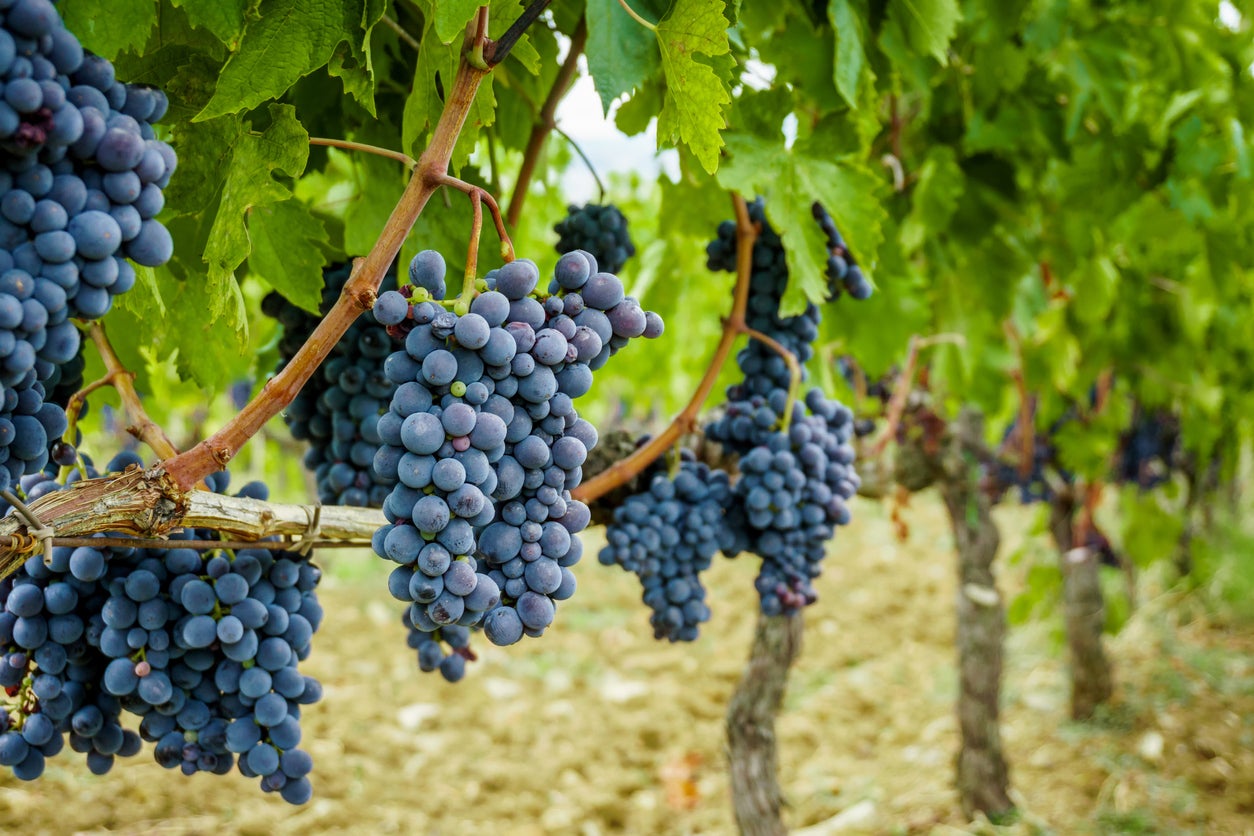Grapevine Pollination Needs – Are Grapes Self-Fruitful

Most fruiting trees must be cross-pollinated, which means another tree of a different variety must be planted nearby the first. What about grapes? Do you need two grapevines for successful pollination, or are grapevines self-fertile? The following article contains information on pollinating grapes.
Are Grapes Self-Fruitful?
Whether you need two grapevines for pollination depends on the type of grape you are growing. There are three different types of grapes: American (V. labrusca), European (V. viniferia), and North American native grapes called muscadines (V. rotundifolia).
Most bunching grapes are self-fruitful and, thus, do not require a pollinator. That said, they will often benefit from having a pollinator nearby. The exception is Brighton, a common variety of grape that is not self-pollinating. Brighton does need another pollinating grape in order to set fruit.
Muscadines, on the other hand, are not self-fertile grapevines. Well, to clarify, muscadine grapes may bear either perfect flowers, which have both male and female parts, or imperfect flowers, which only have female organs. A perfect flower is self-pollinating and does not need another plant for successful grapevine pollination. An imperfect flowering vine needs a perfect flowered vine nearby to pollinate it.
The perfect flowered plants are referred to as pollinizers, but they also need pollinators (wind, insects, or birds) to transfer the pollen to their flowers. In the case of muscadine vines, the primary pollinator is the sweat bee.
While perfect flowered muscadine vines can self-pollinate and set fruit, they set much more fruit with the aid of pollinators. Pollinators can increase production by as much as 50% in perfect flowered, self-fertile cultivars.
Sign up for the Gardening Know How newsletter today and receive a free copy of our e-book "How to Grow Delicious Tomatoes".

Amy Grant has been gardening for 30 years and writing for 15. A professional chef and caterer, Amy's area of expertise is culinary gardening.
